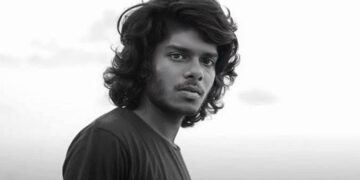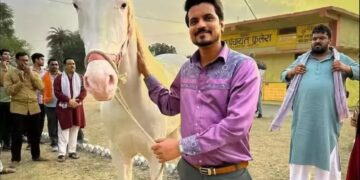New Delhi, July 5, 2025 – Indian Prime Minister Narendra Modi is on an eight-day, five-nation tour to boost India’s global partnerships, with a key focus on trade, investment, and the upcoming BRICS Summit. The tour, which began on July 2, includes visits to Ghana, Trinidad and Tobago, Argentina, Brazil, and Namibia. It aims to deepen ties with the Global South and strengthen India’s role in the BRICS grouping, a platform for emerging economies.
A Journey to Strengthen Global Ties
Modi’s tour, his longest foreign trip in over a decade, reflects India’s growing ambition to lead the Global South and foster cooperation in areas like trade, technology, and security. The tour started in Ghana, where Modi held talks with President John Dramani Mahama to enhance cooperation in agriculture, energy, and digital infrastructure. The two nations set a goal to double their trade in the next five years, signaling India’s commitment to Africa’s development.
In Trinidad and Tobago, Modi addressed the nation’s parliament and signed six agreements to expand ties in areas like health, culture, and technology. The visit highlighted the strong historical and diaspora connections between India and the Caribbean nation.
In Argentina, Modi met President Javier Milei to discuss boosting trade, agriculture, and critical minerals. This visit, the first by an Indian prime minister to Argentina in 57 years, also included a cultural stop at the famous Boca Juniors Stadium, showcasing the growing people-to-people ties between the two nations.
BRICS Summit: A Key Focus
The highlight of Modi’s tour is his participation in the 17th BRICS Summit in Rio de Janeiro, Brazil, from July 6-7, followed by a state visit to Brasília. The BRICS group, which includes Brazil, Russia, India, China, and South Africa, has recently expanded to include new members like Saudi Arabia, the UAE, and Iran. Modi is expected to push for smoother trade within the bloc, greater use of local currencies, and collaboration in digital technology and artificial intelligence.
Indian business leaders attending the summit are optimistic about stronger economic ties. They highlighted India’s digital transformation as a model for other emerging economies, with calls to share platforms like India’s Unified Payments Interface (UPI) across BRICS nations. “India’s success in digitalization can guide tech-led development in the bloc,” said Harvansh Chawla, Chairman of the BRICS Chamber of Commerce and Industry.
The summit will also address global issues like climate change, counter-terrorism, and reforms in global governance. Modi is expected to hold bilateral talks with Brazilian President Luiz Inácio Lula da Silva to explore opportunities in trade, defense, and renewable energy. Discussions on a potential defense pact, including Brazil’s interest in Indian systems like the Akash air defense missiles, are also on the horizon.
Focus on Critical Minerals and Security
Throughout the tour, Modi is emphasizing partnerships in critical minerals, which are vital for technologies like electric vehicles and renewable energy systems. In Ghana, Argentina, and Namibia, talks have centered on mining and energy cooperation to secure these resources. Security is another priority, with the BRICS Summit expected to issue a strong statement against terrorism, particularly condemning the recent Pahalgam attack in India.
India’s Vision for the Global South
Modi’s tour underscores India’s commitment to the Global South, a group of developing nations seeking a stronger voice in global affairs. As a founding member of BRICS, India aims to promote a balanced, multipolar world order that prioritizes equity and cooperation. With Chinese President Xi Jinping and Russian President Vladimir Putin absent from the summit, Modi’s presence positions him as a key leader among the bloc’s founding members.
The final stop in Namibia will focus on strengthening ties in agriculture, energy, and development, building on past collaborations like the translocation of cheetahs from Namibia to India in 2022.
Looking Ahead
As Modi’s tour continues, it reflects India’s proactive approach to global diplomacy. By fostering trade, technology, and security partnerships, India is positioning itself as a leader in the Global South and a key player in BRICS. The outcomes of this tour are expected to pave the way for India’s presidency of BRICS in 2026, which business leaders predict will be hosted in a “grand manner,” similar to India’s successful G20 presidency.
With excitement building among the Indian diaspora and global partners, Modi’s visit is set to deepen friendships and drive economic growth across continents.







































